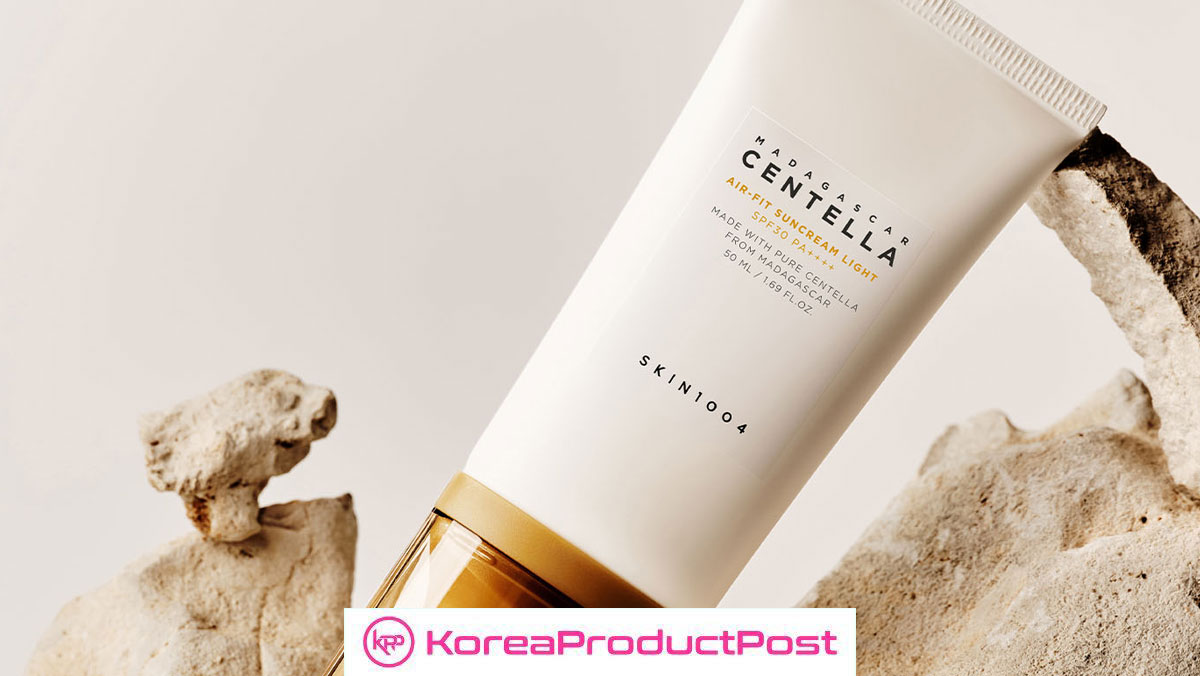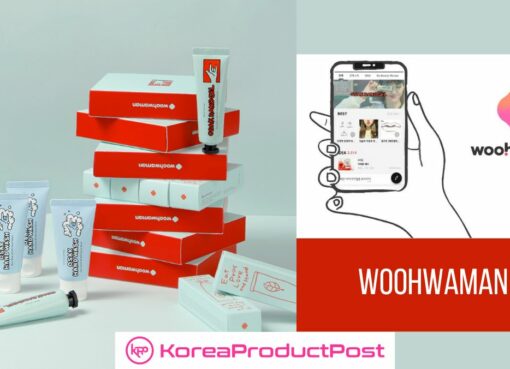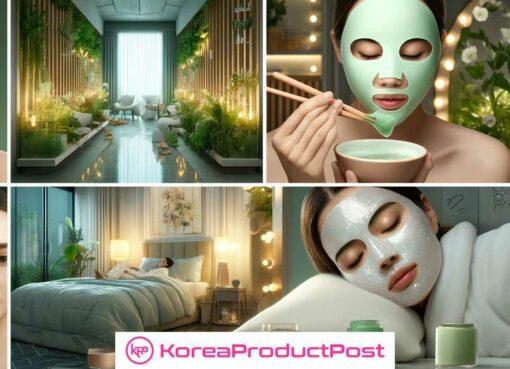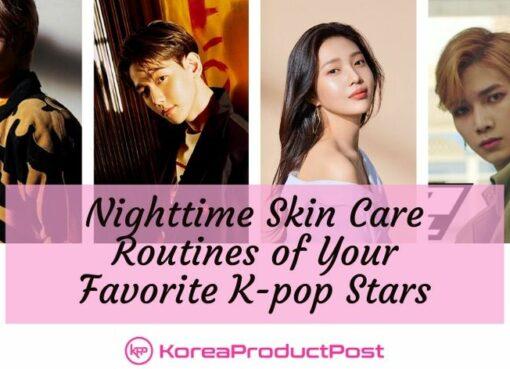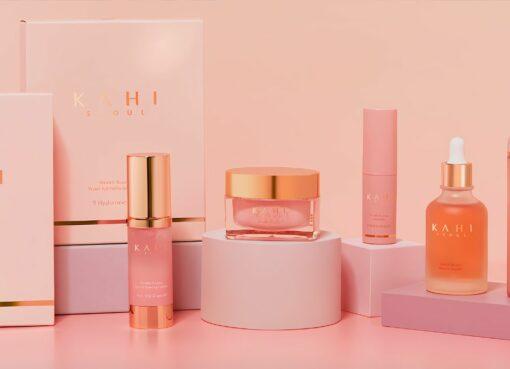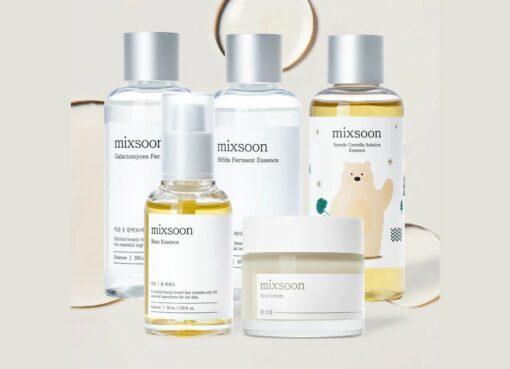If you had to choose, what’s the one K-beauty products that you can’t ever live without? Well, for K-beauty enthusiasts who don’t just follow the trend and perfectly understand the core value of skincare and beauty treatments, the answer must be: sunscreen. Due to the important nature and impressive quality of Korean sunscreens, Americans have been panic buying these products, worrying of chances that their favorite products might be banned in the US due to FDA regulations.
But are they really? Join us as we explore the truth behind the impact of FDA regulations on Korean sunscreens in the United States, and what these changes means for K-beauty enthusiasts just like yourself.
Korean Sunscreens Banned in the US? New FDA Regulations: MoCRA
Since the dawn of the globalization of K-beauty trends and products, Korean sunscreens have been longtime favorites, especially in the US. The products have gained a massive number of devoted followers due their lightweight textures, advanced UV filters, and skin-friendly formulations.
However, due to the new FDA regulation called MoCRA, Americans beauty enthusiasts started noticing changes in the US version of their favorite Korean sunscreens. Worse, some of their beloved brands even suddenly disappeared.
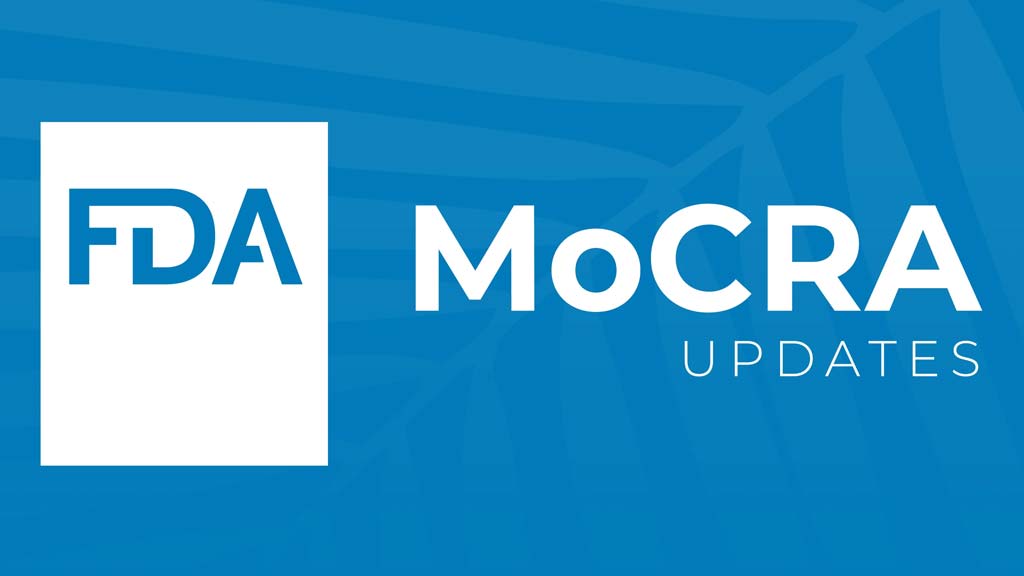
And so, some Americans started panic buying the leftover stocks, worried that they wouldn’t be able to enjoy the same benefits as they used to.
This then resulted in a question: has the FDA truly banned Korean sunscreens in the US?
Understanding FDA Regulations and MoCRA
First things first, you must know that Korean sunscreens have become the very poster child of campaign against the outdated regulation of Food and Drug Administration (FDA) in the United States.
Sunscreens in US: OTC Drugs, NOT Cosmetics
Apparently, sources stated that in the US, sunscreens—or any products that claim to protect against UV ray—fall under “OTC drugs” instead of “cosmetics” classification in the US. . This classification brings with it strict rules for formulation, labeling, and testing. To be legally sold as sunscreen in the US, a product must use FDA-approved UV filters.
But here’s the thing, FDA also has not approved any new UV filters for over 2 decades, since 1999. The US has only approved 16 UV filters for SPF use, while the EU and South Korea have approved over 30.
This then limits the availability of filters that give Korean sunscreens their signature elegant finish—like Tinosorb S or Uvinul A Plus, which FDA has yet approved for today. And this is also why US sunscreen formulations have long considered outdated, and Americans prefer using Korean sunscreens for its advanced tech and improvements.
@aocinthehouse US sunscreens are far behind the rest of the world and our regulations aren’t necessarily making our sunscreens better or safer — but it doesn’t have to be this way! @Charlotte Palermino ♬ original sound – Alexandria Ocasio-Cortez
New FDA Regulation: MoCRA 2022
Then came the Modernization of Cosmetics Regulation Act (MoCRA), enacted in 2022. This new regulation expanded the FDA’s authority over cosmetics, introducing requirements such as facility registration and adverse event reporting.
While MoCRA does not directly impact sunscreens in general, which are under separate OTC drugs category, the implementation has heightened scrutiny across the cosmetics industry. Rumors and misinformation resulted in the growing anxiety in the US, blaming MoCRA for this massive change in their favorite Korean sunscreens.
After all, while MoCRA passed in 2022, the regulation only took effect in July 2024 after a grace period.
Impact on Korean Sunscreen Brands
After MoCRA started taking effects in the US, several Korean brands began responding to these regulatory challenges. Theu started reformulating their products according to the new MoCRA 2022 regulation, while others chose to pull them out from the U.S. market.
Take for example, Beauty of Joseon—famous for its Relief Sun SPF 50+ PA++++—has reformulated its sunscreen to comply with FDA regulations, resulting in a U.S.-specific version with SPF 45 and a different texture. Also, we have Round Lab, which has released a U.S.-compliant version of its Birch Juice Moisturizing Sun Cream, adjusting the formula to meet FDA standards.
On the other hand, SKIN1004 decided to remove its Korean sunscreens from US sales channels. The brand also cited concerns over the long-term risks of distributing unapproved OTC drugs.
These changes have led to consumer confusion and a surge in demand for the original Korean formulations. Hence, the panic buying and stockpiling.
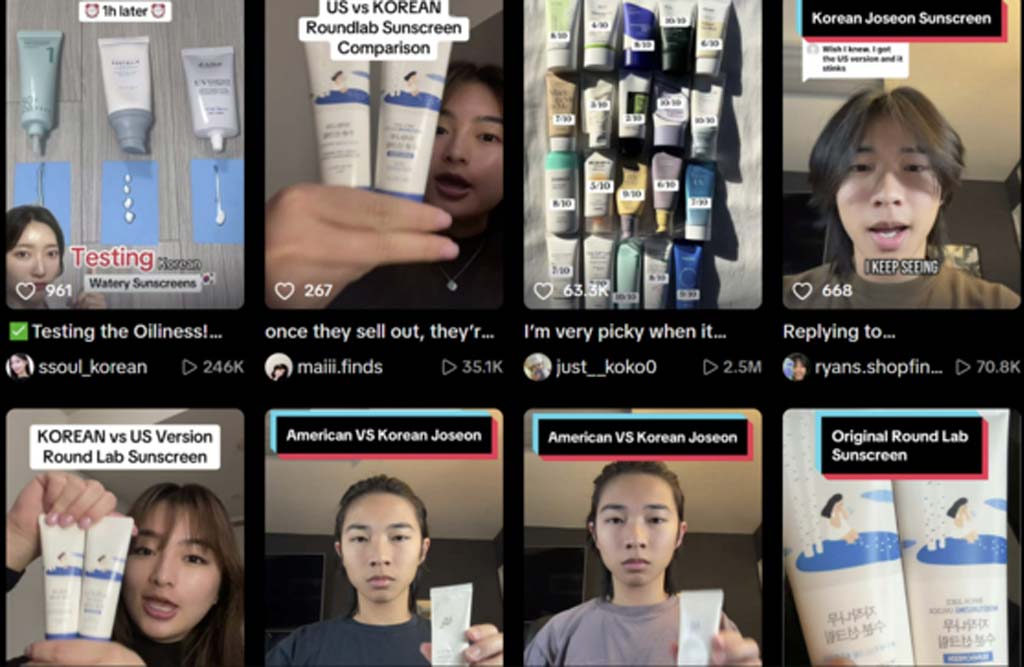
So, Are Korean Sunscreens Really Banned in the US?
Let’s get one thing straight—no, Korean sunscreens are not banned in the US. Not now, and not in the foreseeable future.
However, the story is a little more layered than a simple “yes” or “no.”
What’s actually happening is that the FDA has started enforcing old rules more seriously, and brands are reacting accordingly.
So when you see Korean sunscreens being pulled or reformulated in the US, it’s not because they’ve been “banned.” It’s because brands are either preemptively withdrawing from the U.S. market to avoid regulatory risks, or creating US-specific formulas with older, FDA-compliant UV filters. And this, naturally resulted in the change of texture and performance.
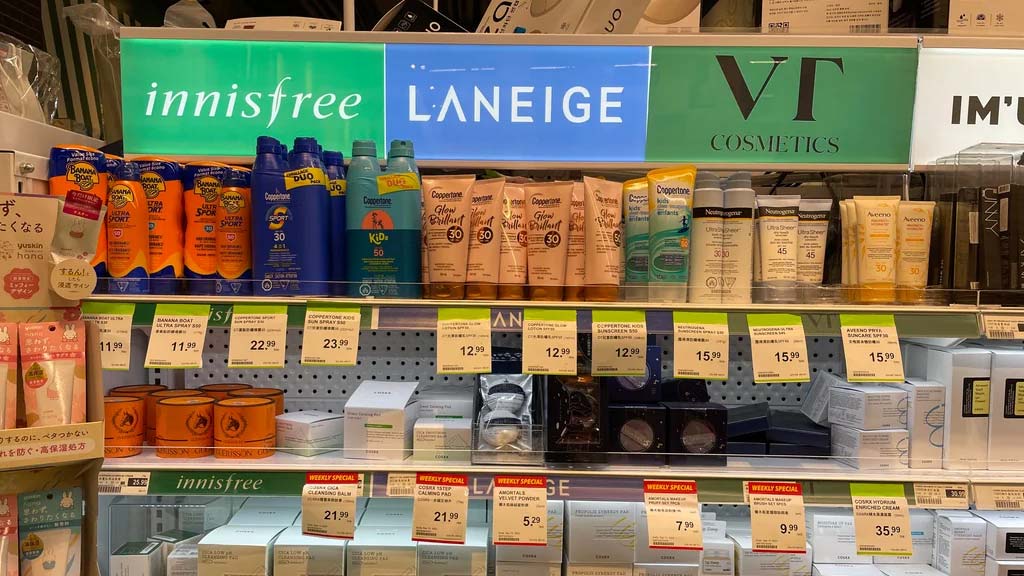
At the same time, K-beauty brands now feel anxious due to this new MoCRA regulation. Although it may not directly apply to sunscreen, MoCRA has been targeting the whole cosmetics sector. That is why the sweeping impact has caused many brands (including Korean) to reevaluate their compliance across all product categories, including OTCs like SPF.
So, it’s really less about bans and more about beauty brands playing it safe.
Why Korean Sunscreens Still Stand Out—Even with Restrictions
The reason this issue matters so much is simple: Korean sunscreens are genuinely better—at least in terms of user experience. They’re breathable. They absorb like serum. They leave no white cast. And they’re often packed with skin-loving extras like niacinamide or Centella Asiatica.
Nor just in US, but Korean sunscreens have become favorite innovations in the global beauty market.
Korean manufacturers invest heavily in filter layering technology, combining multiple UV filters to optimize both protection and sensorial texture. They also formulate with humid, sensitive-skin climates in mind—meaning they tend to work across a wide range of skin tones and conditions. For American consumers, this was a revelation, in comparison to thicker, chalkier formulas from domestic brands.
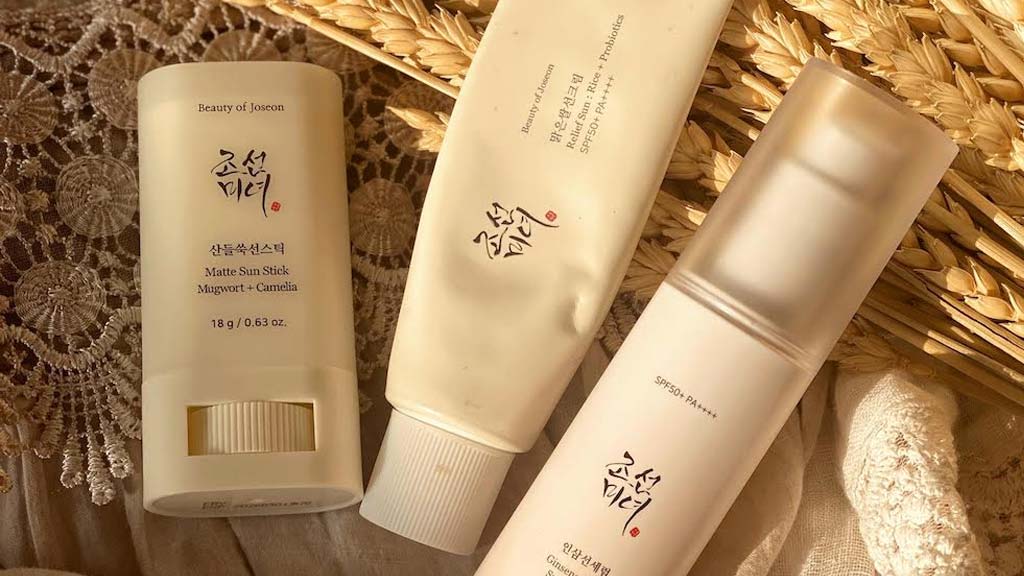
Therefore, it’s no wonder that when US versions hit the market—often with downgraded SPF, fewer filters, and less elegant textures—consumers felt cheated.
Many described the new versions as “sticky,” “thick,” or “harder to spread.” And once that happened, the rush to stock up on Korean-made originals began.
How to Continue Using Korean Sunscreens Safely in the US
Now, if you’re in the US and still want to enjoy your favorite Korean sunscreen, you absolutely can. You just need to be mindful of where and how you buy it.
Here’s what you need to know:
Stick to Trusted Retailers
Olive Young Global, YesStyle, and Stylevana continue to ship Korean formulas internationally, including SPF. Just know that customs checks are random, and there’s always a small chance a shipment could get delayed or returned.
Check the Ingredient List
If you’re worried about compliance, look for sunscreens that use FDA-approved filters—like zinc oxide, titanium dioxide, or avobenzone.
Avoid Gray-Market Sellers
Other platforms besides the above trusted retailers can be risky if you’re not buying directly from a brand-verified account. Counterfeits do exist, and SPF efficacy is not something you want to gamble on.
Keep Eye on Formula Updates
Some brands don’t always disclose when they’ve switched ingredients for U.S. versions. When in doubt, compare the Korean and U.S. ingredient lists side-by-side.
What’s Next for Korean Sunscreens in the US Market?
Now, with these new changes, it doesn’t mean that all has gone bad. As consumers and K-beauty enthusiasts become more educated—and more frustrated—about the lack of modern options, pressure is mounting on the FDA to update its list.
Industry insiders, dermatologists, and even legislators are calling for regulatory reform, especially now that MoCRA has brought the spotlight back to outdated standards.
Some big Korean brands, like AMOREPACIFIC and LG H&H, have taken a proactive approach by designing FDA-compliant sunscreens from day one, using globally approved filters and building US market adaptation into their R&D pipelines.
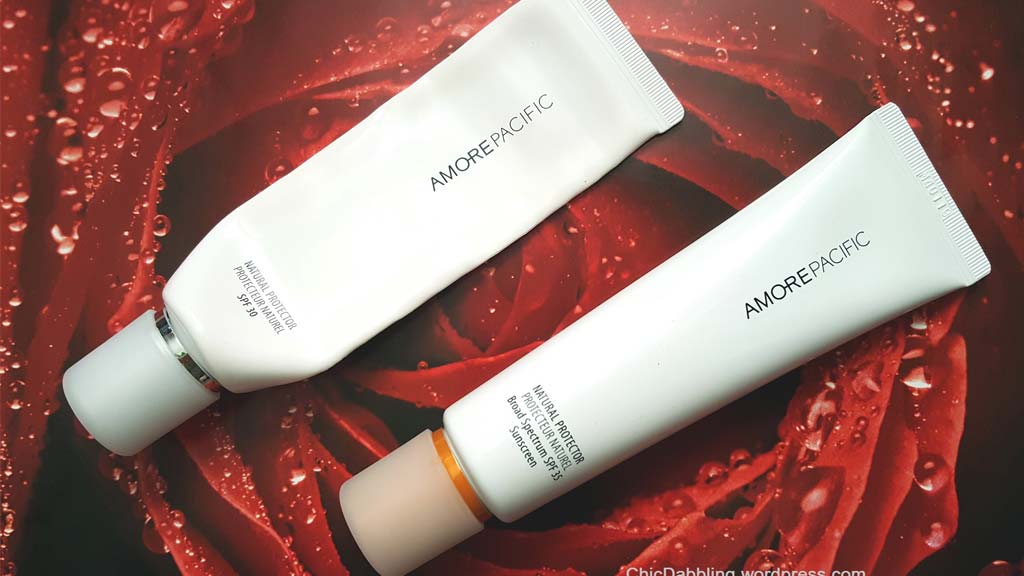
Others, like Beauty of Joseon, are still adjusting—but they’re listening.
Meanwhile, consumers have also been finding new ways to adapt. Some have been rotating between US-valid and imported sunscreens, while others are more active by advocating for clearer regulatory pathways for global brands.
Final Thoughts: Korean Sunscreens in the US—Here to Stay, But Evolving
Finally, you should take note again that no, Korean sunscreens are NOT banned in the US. However, the truth is a little messier—and a lot more interesting.
That is why even when you see some of your favorite brands missing from the counter, it doesn’t mean they’re gone forever. They’re simply recalibrating.
Korean beauty brands are never giving up on the US market. For now, they are evolving to meet its requirements. Some are reformulating. Others are building out their regulatory infrastructure. And many are quietly investing in the future, preparing for a time when the US finally welcomes modern UV filters with open arms.
Until then, as a K-beauty enthusiast, the best thing you can do is stay informed, shop smart, and advocate for transparency—because change is definitely on the horizon. For now, stay patient, keep raising your voice, and remember: you’re at the forefront of this transformation. And when that day finally arrives, the sunscreen shelves at your local drugstore might look brighter—and much more exciting.
If you’re looking to promote your products and connect with international buyers, please don’t hesitate to contact us.
Join us on an exciting journey to explore the vibrant world of Korean lifestyle – from the latest beauty tips to the hottest tech and so much more on Facebook, Twitter, LinkedIn, and Flipboard.



